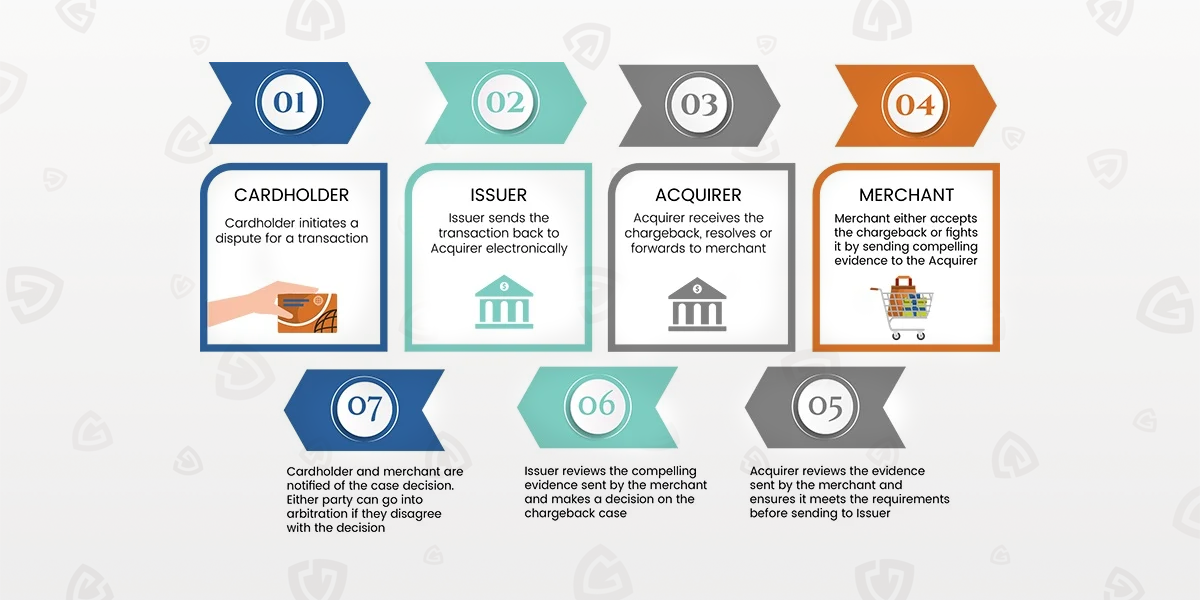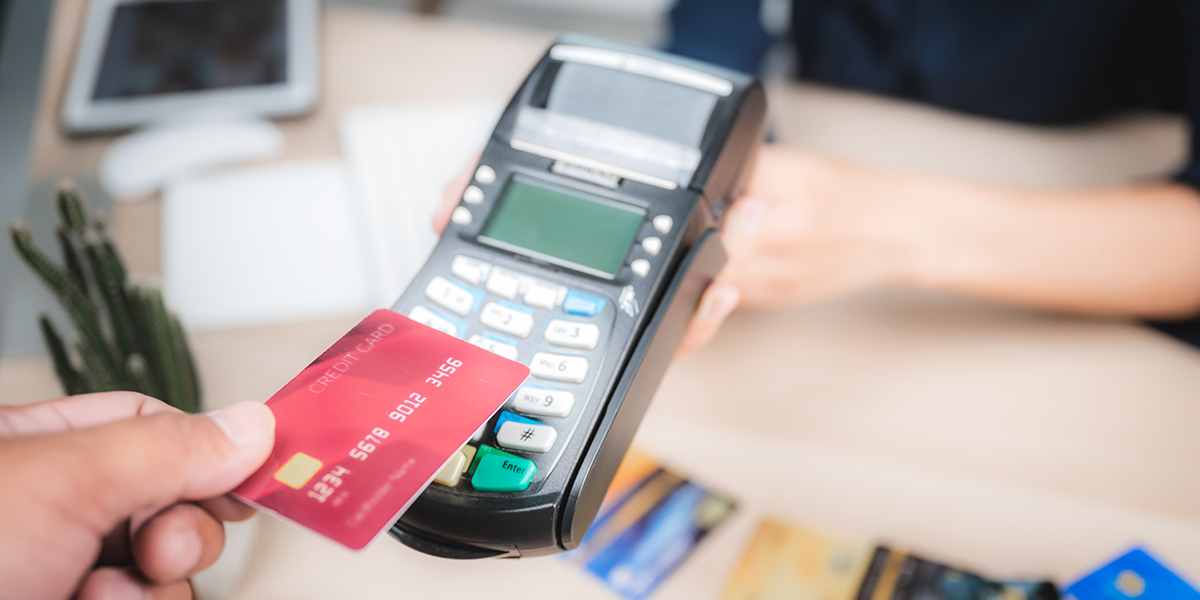State of The Chargeback Process
How well do you really understand the chargeback process in its full complexity? Could you write out a concise summary on the back of a napkin, or explain it to an elementary school student?
While the broad strokes of the chargeback process aren't too difficult to wrap your head around – there's nothing too confusing about a bank reversing a transaction and taking money out of your account, in response to a customer complaint – the detailed steps of the process can seem byzantine, especially if a merchant wants to challenge the chargeback, instead of passively accepting the loss of revenue. Furthermore, the process can change from year to year, as card networks adjust their rules and adopt new policies.
If your understanding of any part of the chargeback process is a little fuzzy, this walkthrough will hopefully clarify things.
Phase One: The Initial Complaint
The chargeback process starts when a customer (or, less frequently, their issuing bank) challenges a transaction as invalid.
There are a variety of issues that can serve as the root causes of a chargeback, ranging from fraud to improper card processing to dissatisfaction with the quality of the goods or services provided. The customer is supposed to contact the merchant first and attempt to resolve the issue with them directly. If the merchant doesn't resolve the problem, the customer's recourse is to contact their bank and dispute the transaction. This kicks off the chargeback process
Phase Two: Verifying the Complaint
Next, the issuing bank may contact the merchant with a retrieval request, to ascertain the validity of the complaint.
At this point, it is still possible to circumvent the chargeback process, if the merchant can provide documentation that shows the complaint is invalid. The issuing bank and the acquiring bank may also communicate, in an attempt to determine whether the chargeback should proceed.
If the customer's complaint is found to have a legitimate basis, the dispute is referred to the card network, and the complaint reaches full chargeback status. The issuing bank will now give the customer a provisional credit for the disputed amount, and the merchant's account will be debited, along with any applicable fees. This may be the first time the merchant is notified about the chargeback.
Phase Three: Chargeback Representment
The chargeback process stops here if the merchant decides not to contest it. The customer has gotten their money back, the merchant has been charged the original transaction amount plus fees, and the matter is resolved.
If the merchant decides to challenge the chargeback, it moves to Chargeback representment.
In this phase, the merchant represents the charge to their acquiring bank and submits documentary evidence that the original transaction was legitimate and should not be reversed. The issuing bank may let the chargeback stand, or they may find the evidence compelling enough to reverse the chargeback. Visa has been shortening the length of time merchants have to submit a chargeback representment. It changed from 45 days to 30 days in 2018, and it is expected to go down to 20 days next year.
Phase Four: Pre-Arbitration
If the merchant's chargeback representment is accepted, the customer may be allowed to attempt a second chargeback, sometimes called a pre-arbitration chargeback.
This compels the merchant to provide additional information to prove their case. In effect, it can seem like restarting the chargeback process from step one.
Phase Five: Arbitration
If the parties involved do not accept the results of pre-arbitration, the chargeback will be settled by arbitration from the card network.
One or both parties may be required to pay additional arbitration fees.
The card networks take a variety of factors into consideration to reach their decision, including the technical and legal merits of the case, the rules pertaining to the chargeback reason code involved, all of the evidence submitted by all parties, and their rulings on previous similar cases. They may also use subjective concerns to weight their decision, such as the perception of fairness to both parties, or possible impacts to their corporate brand.
It's possible for a single chargeback to take months to reach a final resolution, racking up considerable fees along the way.
Reduce Chargebacks Proactively
Fighting a chargeback can be difficult and time-consuming for a merchant. The process can quickly get complicated, with multiple entities having a stake in the outcome. Advocating for yourself in the midst of all this can be daunting, especially when the process changes. In addition to shortening the allowable merchant response times for some steps in the process, Visa introduced a new dispute resolution system, known as Visa Claims Resolution, in 2018. The purpose of this new system is to automate the discovery of invalid chargebacks – which is a good thing for merchants – but any big change to chargebacks can leave you caught flat-footed.
By following a few simple steps to reduce chargebacks, your business will be able to avoid an excess of these expensive interactions. Should you lack the time and resources to present a strong case, a chargeback representment company can navigate the various phases of the process for you, providing representation, tools, and prevention methods, to help stop chargebacks while you focus on the key operations of your business.
Thanks for following the Chargeback Gurus blog. Feel free to submit topic suggestions, questions or requests for advice to: win@chargebackgurus.com


